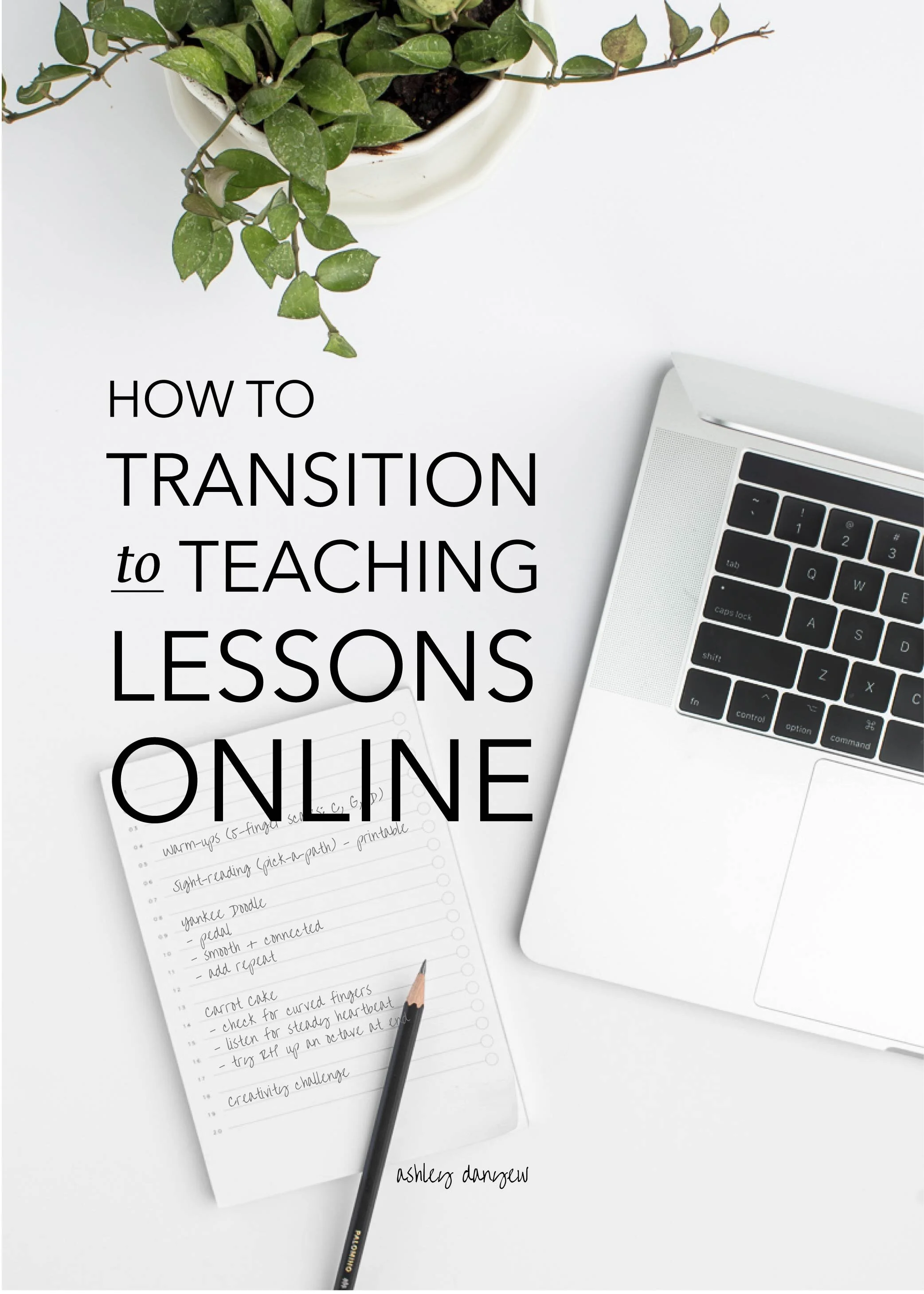If you’re a music student, you probably have anywhere from 2-6 hours a day to practice your instrument. Maybe more.
Though certainly an intense time with many early mornings and late nights, most music professionals see that kind of practice time as a luxury.
Once you begin your music career, you may find your days otherwise occupied with gigs, teaching, traveling to gigs or lessons, writing, emailing, coordinating, marketing, networking, and other miscellaneous admin tasks.
When is there time to practice?
The secret is in the margins—it’s about learning how to make the most of those pockets of time you have in your schedule in between things, even if it’s only 30 minutes.
Here are a few things I’ve learned about practicing:
Six Rules of Practicing for Music Teachers & Professionals
No. 1
15 minutes is enough time to make progress.
While 15 minutes might not seem like much time, you can make progress on 1-2 short pieces with focused, diligent practicing.
Think about small sections, passage work, a technical exercise or etude, part work, or a new section of a piece you’re trying to memorize. Think about how many repetitions you could fit into 5 or 10 minutes. Think about five different ways you could practice the same section of a piece (e.g. in rhythms, slowed down, with the metronome, at different dynamic levels, etc.).
So often, we waste these 15-minute blocks in the day because we don’t think it’s enough time to get any real work done. But the truth is, there’s a lot you can accomplish when you zoom in and focus on something small and specific. And you don’t need as much time as you think.
Where do you have 15 minutes in your day that you could squeeze in a mini-practice session?
No. 2
Mark your music as you go.
I always have a pencil on the music rack to mark things as I go. Better to mark in a finger number or an accidental now than make the same mistake later (something I tell my students on a weekly basis but am not always good at applying myself).
Make the most of a petite practice session by marking things in your music as they come up—phrasing reminders, fingering decisions, accidentals, articulation choices, and other reminders. This will also help you jump back into your next practice session because you’ll already have several things marked—the reminders are already there.
No. 3
Eliminate distractions.
I use the Metronome app to occasionally check tempo markings, but otherwise, I try to leave my phone out of reach so it's not a distraction. This is especially true if your practice time is limited. Turn it on silent, put your head down, and give your full attention to whatever you’ve chosen to work on for this 20- or 30-minute session.
It’s also helpful to plan what you want to focus on during your practice time before you sit down to play. It can be distracting to think about all the pieces you’re working on and all the sections that need work. Making those decisions ahead of time will help you feel confident and focused when you sit down to start practicing.
No. 4
Keep going.
As tempting as it may be to go back and fix every little thing, you may find it helpful (if it’s a short piece or movement) to sightread all the way through the piece the first several times you sit down to play it. This will give you a sense of the piece as a whole before breaking it into parts.
This follows the Whole-Part-Whole Model—a systematic approach to learning developed in the 90s by researches at the University of Minnesota. Whole-Part-Whole learning begins with the whole (to establish context and provide a framework), then explores the individual components or parts that make up the whole, then reestablishes context with the whole again.
In music, this looks like playing or listening to the piece in its entirety, focusing on one section or individual musical components (e.g. melody, accompaniment, chord progression, phrase structure, etc.), then playing or listening to the piece in its entirety again.
If you’re crunched for time, see no. 6 below.
No. 5
Rehearse the parts.
If you’re a choral accompanist, a lot of what you do is play voice parts—one at a time and in various combinations. I always feel more prepared in rehearsal when I take a few minutes to rehearse parts at home (especially open score!). This will also give you a better sense of the piece as a whole.
No. 6
Don't spend time on things you already know.
Maybe this one goes without saying?
Your practice time is valuable, so when you have a few minutes, spend it on the pieces that need practice (or jump to the specific sections that need your attention). Once you've played through the piece a few times in other practice sessions, skip the easy parts and jump right into the harder sections where you need to apply more focused strategies.
My Favorite Books About Practicing
Disclosure: These are affiliate links, which means if you decide to purchase through any of them, I may earn a small commission. This helps support the blog and allows me to continue creating free content. Thank you for your support!
I’d love to hear from you:
What are your tips and strategies for practicing efficiently in short amounts of time?
Looking for more on this topic? Here are a few related articles on the topic of practicing:









































